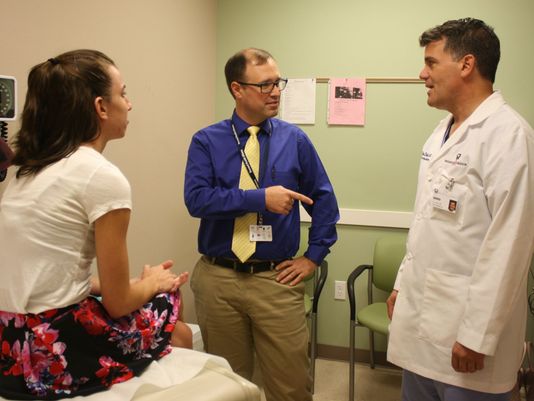Neurophysiological evidence that perceptions of fluency produce mere exposure effects
The final publication is available at https://link.springer.com/article/10.3758/s13415-016-0428-1
Abstract
Recent exposure to people or objects increases liking ratings, the "mere exposure effect" (Zajonc in American Psychologist, 35, 117-123, 1968), and an increase in processing fluency has been identified as a potential mechanism for producing this effect. This fluency hypothesis was directly tested by altering the trial-by-trial image clarity (i.e., fluency) while Event-Related Potentials (ERPs) were recorded. In Experiment 1, clarity was altered across two trial blocks that each had homogenous trial-by-trial clarity, whereas clarity varied randomly across trials in Experiment 2. Blocking or randomizing image clarity across trials was expected to produce different levels of relative fluency and alter mere exposure effects. The mere exposure effect (i.e., old products liked more than new products) was observed when stimulus clarity remained constant across trials, and clear image ERPs were more positive than blurry image ERPs. Importantly, these patterns were reversed when clarity varied randomly across test trials, such that participants liked clear images more than blurry (i.e., no mere exposure effect) and clear image ERPs were more negative than blurry image ERPs. The findings provide direct experimental support from both behavioral and electrophysiological measures that, in some contexts, mere exposure is the product of top-down interpretations of fluency.


